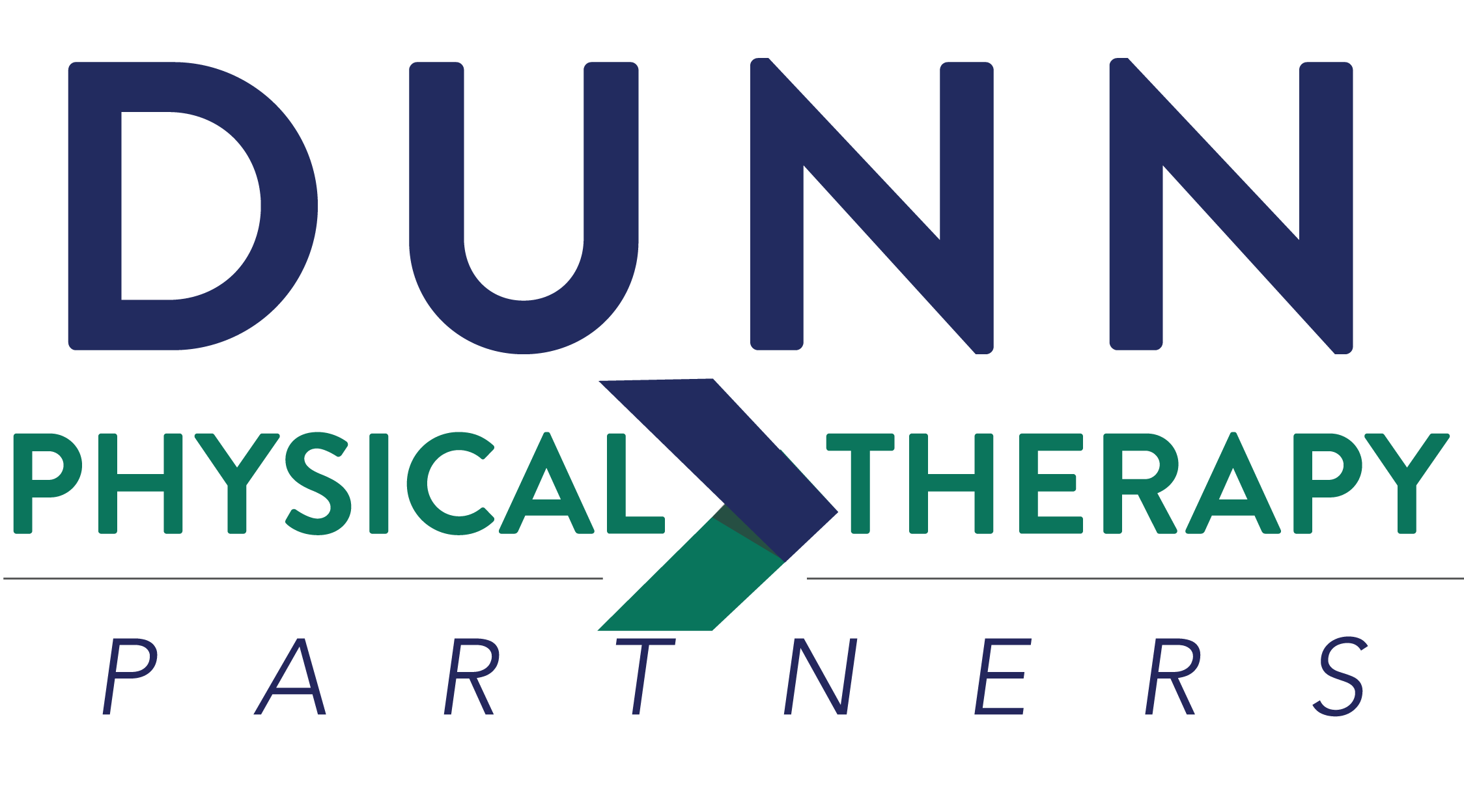TMJ disorder affects your jawline and neck and Physical Therapy can help.
TMJ Disorder
Most facial movements are done reflexively. You laugh and smile without thinking, you chew instinctively. As a result, jaw pain can be particularly debilitating because it is hard to avoid…and it can mean a lot of life’s greatest pleasures cause undue pain.
Thankfully, jaw pain has a name, a cause, and a course of treatment. Physical therapy can help you overcome it!
What is TMJ Disorder?
TMJ disorder is a general term for pain and dysfunction in the joint and/or the “mastication muscles.” These are the muscles that move your jaw and connect the mandible, where your jaw and teeth sit, to the upper part of your face. TMJ stands for the Temporomandibular joint, but the source of pain may or may not be from that exact joint.
The symptoms of TMJ are usually quite obvious to the patient. You may hear a clicking or popping sound when chewing, often accompanied by pain. Your jaw may feel tired, and in some cases there may be obvious swelling on the side of your face. Because of how facial muscles are interconnected, you may also experience hearing issues, toothaches, or headaches.
TMJ disorder is more common in women. It can be temporary or last for years.
What Causes TMJ Disorder?
There is no singular identifiable cause for TMJ disorder. However, certain common causes have been discerned:
- Trauma, especially in a car accident or after a blow to the face.
- Stress, which causes jaw clenching and teeth grinding.
- Arthritis in the joint.
How We Treat TMJ Disorder
For people who suffer from TMJ disorder, therapy can provide pain relief that significantly improves a patient’s quality of life. Neck disorders often accompany TMJ disorder, so physical therapy work is also done on the neck.
Our treatment options include:
- Myofascial release: fascia is connective tissue that surrounds muscle, tendons, nerves and even organs. Fascia near the surface of the skin is looser, and fascia deeper in the body is more dense. Myofascial release is the manual therapy approach that mobilizes the fascia to restore mobility.
- Exercise: your PT may facilitate physical exercises to learn recruitment and alignment of jaw muscles. Postural correction and stretching may also be a focus.
- Craniosacral therapy: your brain and spinal cord are surrounded by cerebrospinal fluid. Cranisoacral therapy (CST) uses careful stimulation on the membranes that control the movement of this fluid, which releases tension in your nervous system.
- Mulligan mobilization with movement: carefully targeted “repositioning” of the Temporomandibular joint, or cervical spine.
- Soft tissue mobilization: various hands-on techniques that specifically target soft tissues such as muscles, ligaments and fascia.
- Spinal mobilization or manipulation
- Other miscellaneous treatments: ultrasound, electrical stimulation, and ice and heat may assist with pain reduction and improve your response to physical therapy.

